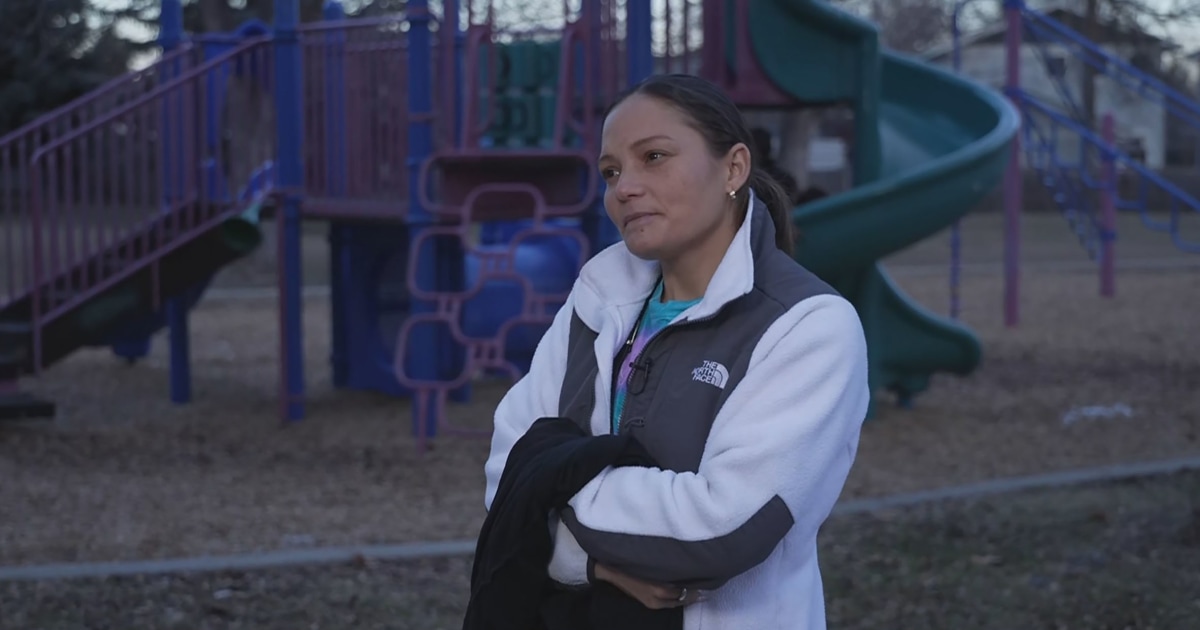- cross-posted to:
- [email protected]
- cross-posted to:
- [email protected]
Starting Feb. 5, Denver will start limiting the number of days migrants can stay in shelters and sending those who exceed their stay out onto the streets.
Nearly 40,000 migrants have arrived in Denver over the past year, making a city with a population of just over 710,000 the top destination per capita for newly arrived migrants crossing the U.S. southern border and traveling north in buses from Texas.
The influx is taking a toll on the city’s public safety net. Starting Feb. 5, Denver will limit the number of days migrants can stay in shelters and send those who exceed their stay out onto the streets.
One Venezuelan family, a mother, father and their three daughters, told NBC News they’ve been staying at a hotel paid for by the city, but they’ve just received notice that they’ll be evicted.
“Just yesterday they started throwing away the toys, the bicycles in the common area,” the mother said. “We don’t know where we will go next.”
Denver Health, the city’s “safety net” hospital, is asking for more money from both the state and federal government to help cover $10 million in unpaid medical bills from migrants.
Denver Mayor Mike Johnston estimates the city will need $100 million over 2024 to pay for housing, schooling, health care and other services as a result of the unexpected influx of migrants.



GDP per capita has only risen.
The concentration of wealth (including the lower labour demand) is the problem. Not the immigration.
Time to tax passive earnings at least the same as active ones, preferably more.